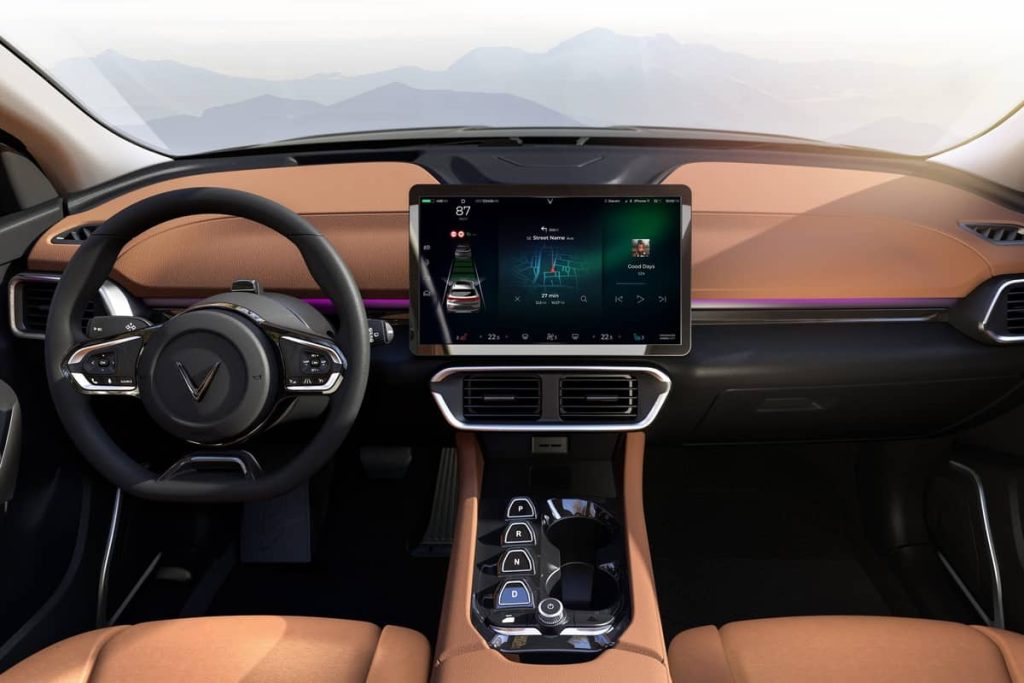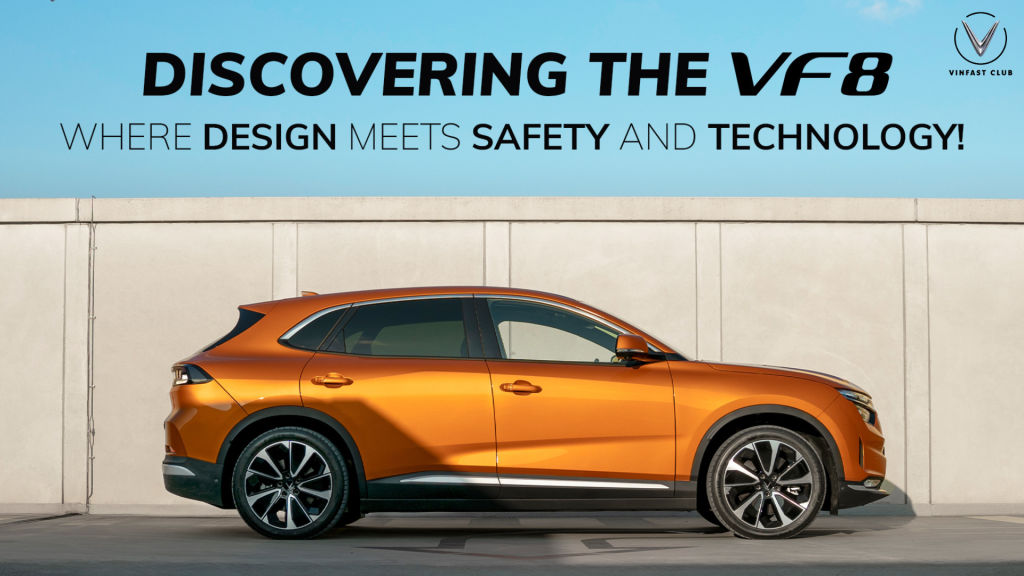Is the Ride Smooth on the VinFast VF 8? An Examination of Updates Regarding Harshness, Vibration, and Noise
There are several characteristics and expectations to consider when buying an automobile. The feel of the car on the road, however, is what really matters when making this choice, even above the appeal of the newest gadgets and window decorating. In order to satisfy drivers’ diverse demands for a quiet, comfortable ride with agile handling and intuitive balance, manufacturers are always pushing the envelope. In response to customer input, VinFast updated the Noise, Vibration, and Harshness (NVH) factors in their VF 8 model with the goal of enhancing the driving experience. We’ll investigate if the Vietnamese automaker was successful in making the changes, and determine if this approach was effective at cultivating a smoother ride for their passengers. How does the VinFast VF 8 work? VinFast has established a strong reputation for itself in the EV market by embodying a dedication to innovative design, affordable luxury, and improved performance. With a powerful engine (402 horsepower), outstanding safety features including Advanced Driver Assistance Systems, and a competitive range of 264 miles from 87.7 kWh of usable battery storage, the VinFast VF 8 is well-equipped. With its elegant Italian design, two editions, ECO and PLUS, and access to more than 90,000 public…











